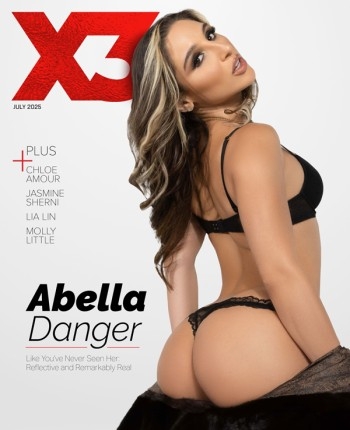Looking At 'Prurience'
In establishing the law of punishable obscenity under the First Amendment, the Supreme Court permitted the jury to determine whether a work, taken as whole, offended "the common conscience of the community." With respect to "prurience," the jury instructions at issue and approved
in Roth permitted the jury to convict if the jury concluded that the matter tended to "excite lustful thoughts" or corrupted the audience by "arousing lustful desires" in an average person. (The Roth court necessarily thought that these words did not significantly vary in their
meaning from the Model Penal Code provisions which based obscenity on a "shameful or morbid" interest in sex. It would seem that the Roth court felt that lust itself was shameful or morbid.)
The court also justified the punishment of the obscene by noting that it was approving the proscription of only valueless speech, saying, "All ideas having even the slightest redeeming social importance — unorthodox ideas, controversial ideas, even ideas hateful to the prevailing climate of opinion — have the full protection of the guaranties, unless excludable because they encroach upon the limited area of more important interests."
This sentiment was amplified in 1966 in Memoirs vs. Massachusetts, which limited the criminal obscenity sanction to works "utterly without redeeming social value."
More substantial and enduring harm was done to our personal liberty by the Supreme Court in Miller vs. California in 1973. We still live with the principle laid down in that case, which permits obscenity conviction when the trier of fact determines: (a) that the average person applying contemporary community standards would find the work, taken as a whole, appeals to the prurient interest, (b) depicts or describes in a patently offensive way, hardcore sexual conduct specifically defined in a statute, and (c) the work or thing taken as a whole lacks serious literary, artistic, political, or scientific value. (Miller approved the exclusion of a work from the protections of the Bill of Rights even if the work had some value less than "serious.")
Finding Value In Erotica
While some courts have found serious value in nudist publications because they sincerely aim to affect social change, and while there is some considerable hope that erotica emerging from the gay and swinger movements will also enjoy protection for the same reason, the "serious value" fork in the Miller test may provide little cover or protection to run of the mill pornography presented for entertainment.
The heightened barrier of the value fork of Miller propels the prurience and patent-offensiveness forks to the main stage in the trial defense of such matter and take with them to the forefront the "contemporary community standards" that define them.
As late as 1980, the 5th U.S. Circuit Court of Appeals in Penthouse International vs. McCauliffe determined that issues of Penthouse and Oui magazines appealed dominantly to a prurient interest in sex — though they showed little more than attractive young women, sometimes in posses that suggested or simulated masturbation or gay sex — and that, despite the articles, cartoons, satire, and letters "possessing some literary merit," the magazines did not possess serious value and were accordingly obscene.
In 1987, the Supreme Court in Brockett vs. Spokane Arcade revisited the core of obscenity law and nudged it in a positive direction by distancing the law from the criminalization of representations inducing ordinary sexual lust. The court held that "prurience" should not be "read to include ... those materials that appeal to only normal sexual appetites."
This markedly changed the landscape of obscenity law; as a consequence of Brockett, in Goldstein vs. Allain the Mississippi obscenity statute was invalidated as unconstitutionally overbroad because it permitted a finding of guilt if the material appealed to a "lustful" interest in sex.
'Lust' And Prurience
The Louisiana Court of Appeal reversed a conviction in which the jury instructions mentioned "lust" in defining prurience in State vs. LeBlang. By 2000, the 3rd U.S. Circuit Court of Appeals in United States vs. Loy was affirming the right of a parolee to view non-obscene
adult pornography that was not narrowly related to his rehabilitation, a result that would have been impossible under the former understanding of "prurience."
The decision in Brockett provides a realistic defense for porn materials that appeal to mainstream sexual practices and interests, but it is questionable whether extreme content will benefit much from the contemporary understanding of prurience.
In the end, though, American society must come to terms with a body of law that predicates the lawfulness of expression on the tolerance or acceptance of others — and abandon it. It is my view that the right to publish should never depend on the reaction of society in opposition or acceptance of the publication.
J.D. Obenberger is an attorney at J.D Obenberger and Associates based in Chicago.






